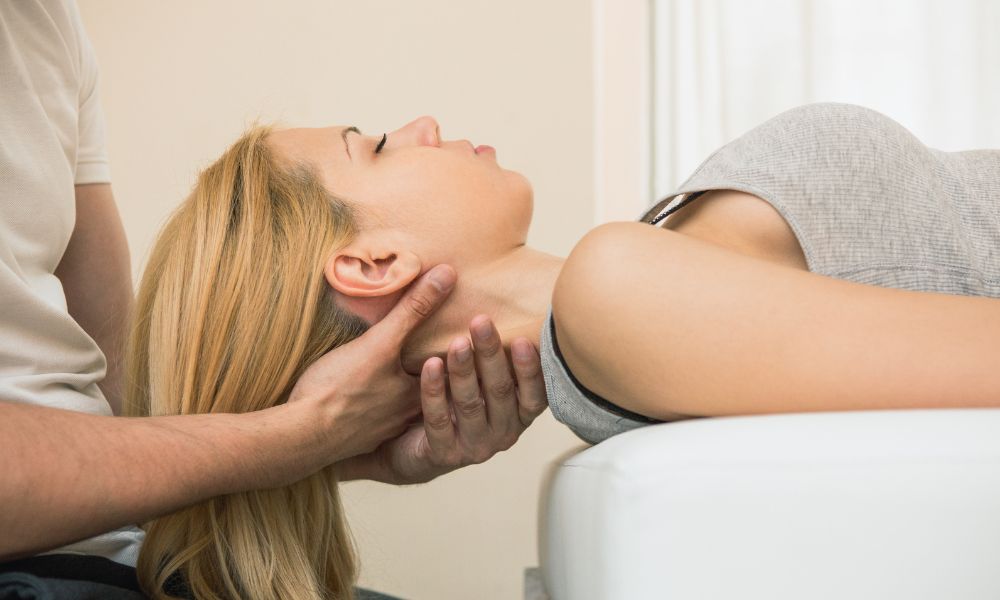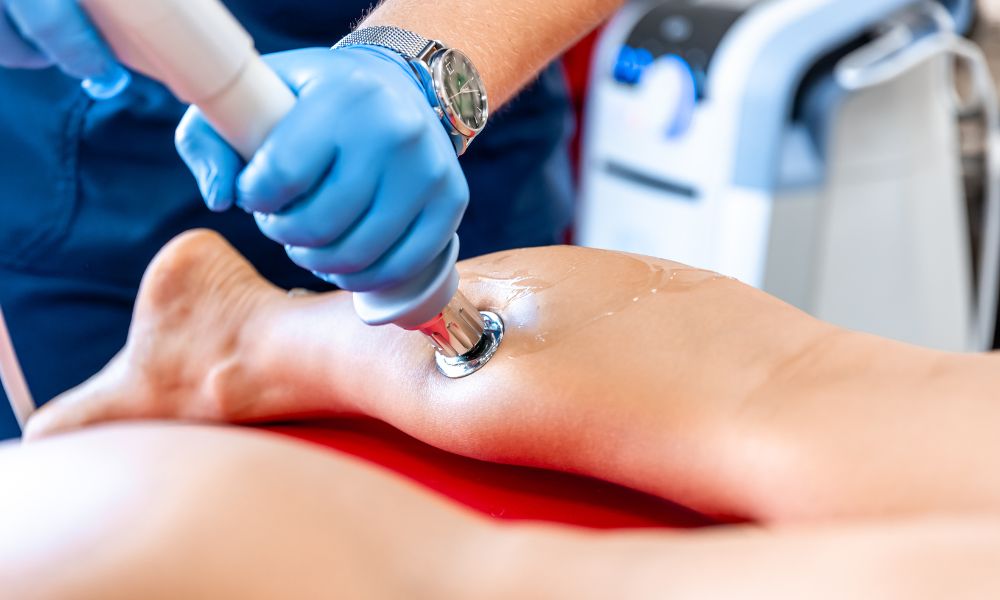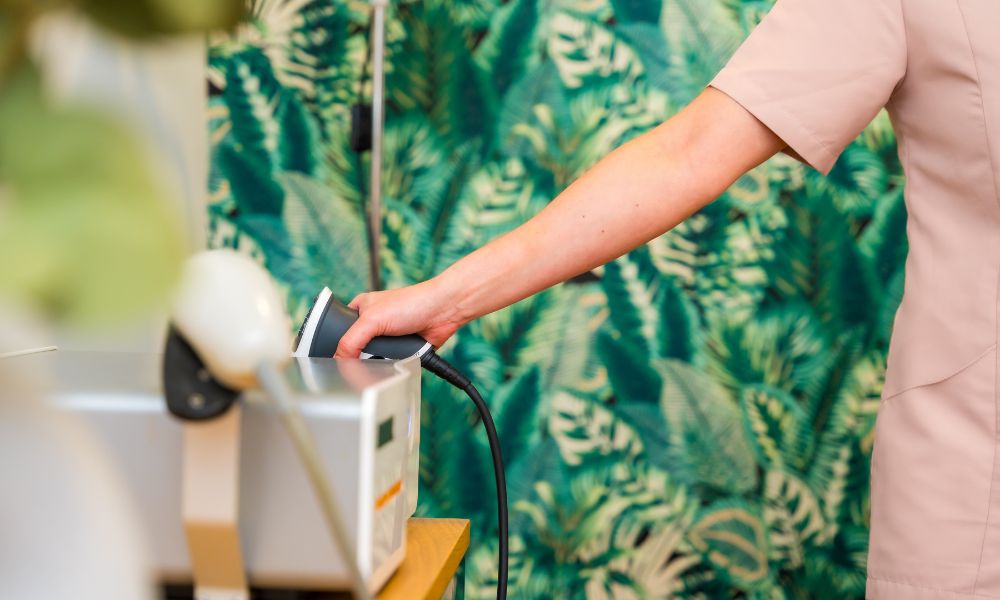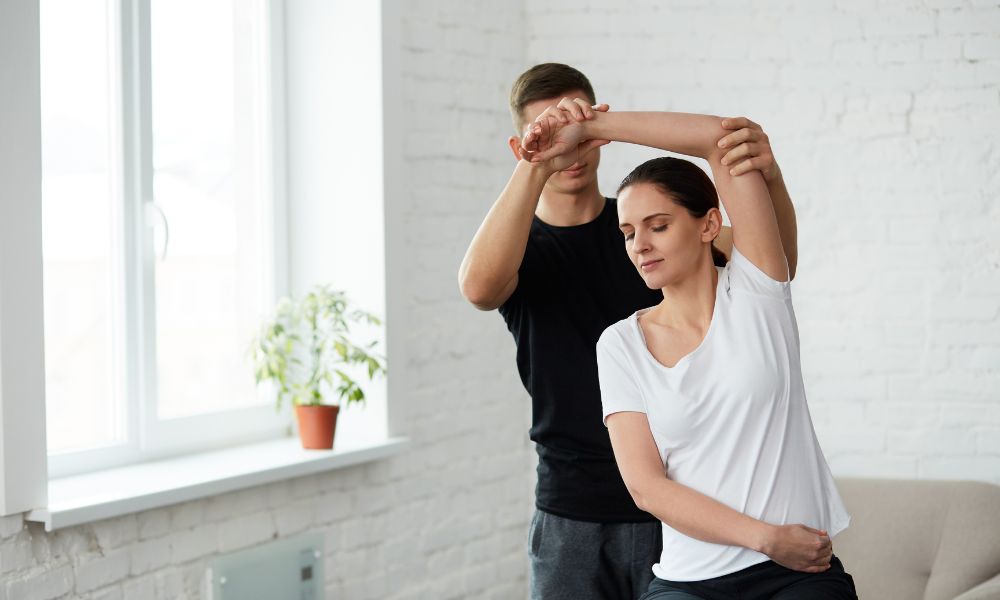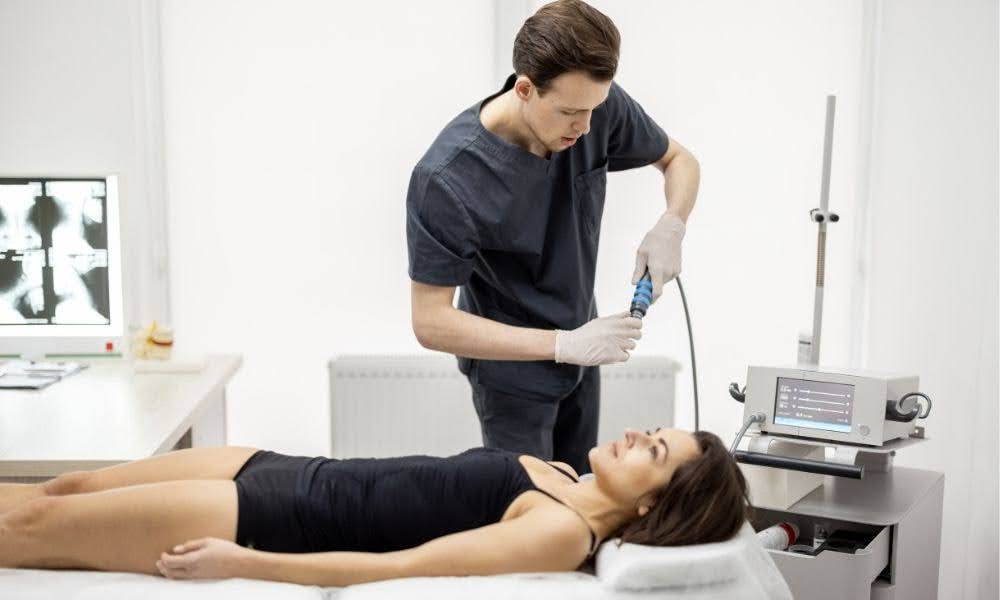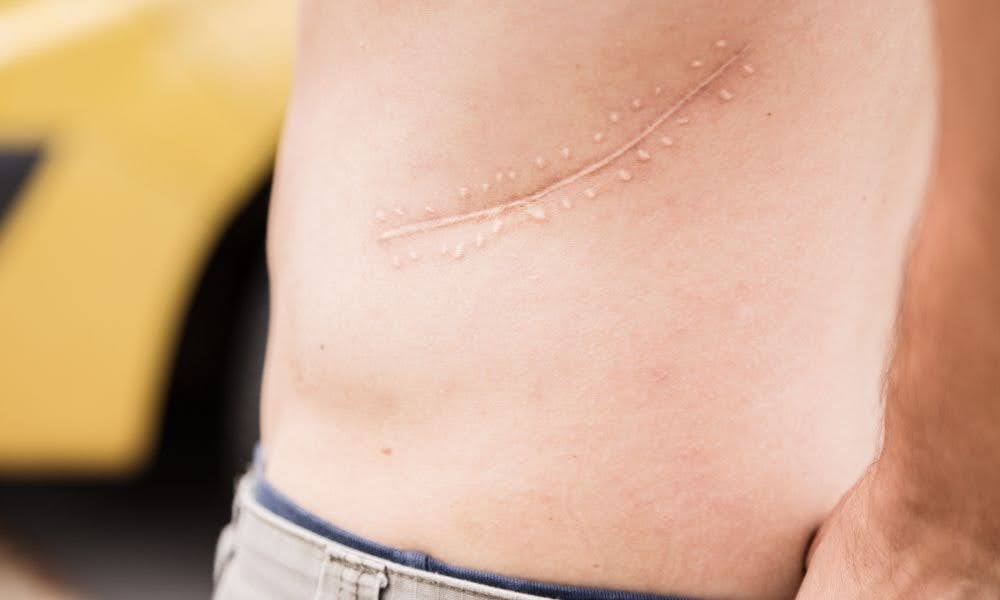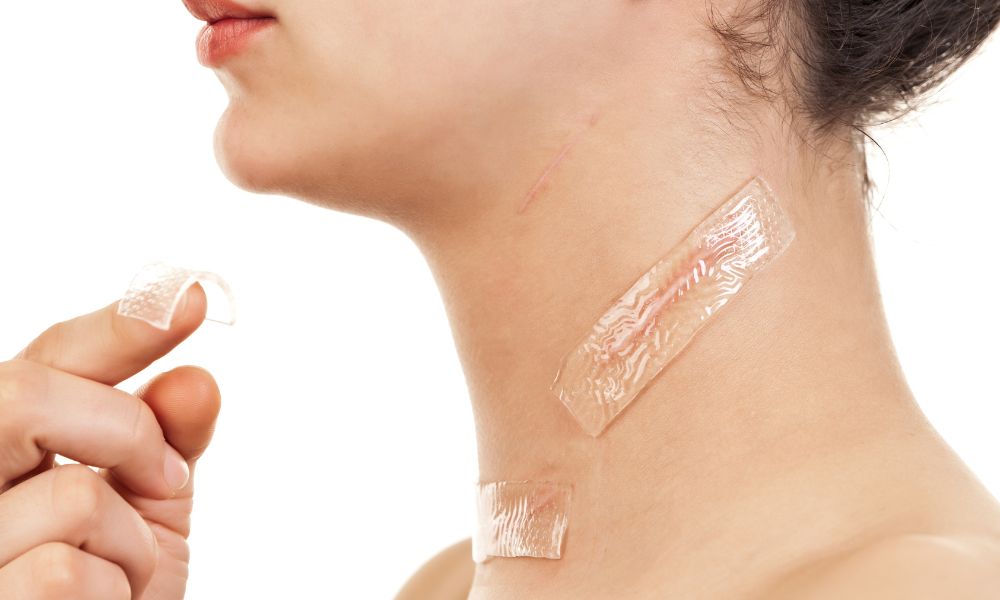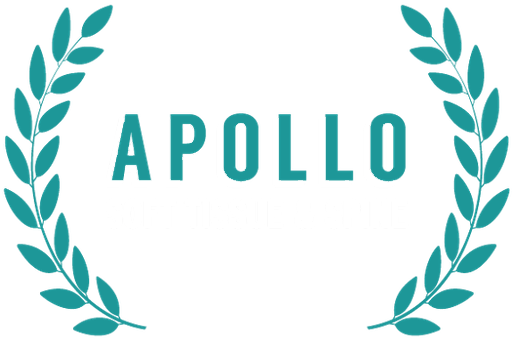Apollo Soft Tissue and Spine
Chiropractic Blogs
Stay in the loop with articles and tips on pain relief, recovery, treatments, healthy movement, longevity and regeneration, as well as office updates.
Safe, Effective, Non-Surgical Treatment To Resolve Pain And Injuries
This is Different. This is Better. Book a consultation with one of our Doctors today to determine if you are a candidate for our unique and specialized care.
Join Our Newsletter
Stay in the loop with blogs and updates.
© Copyright 2025 - Apollo Soft Tissue & Spine. All Rights Reserved.

